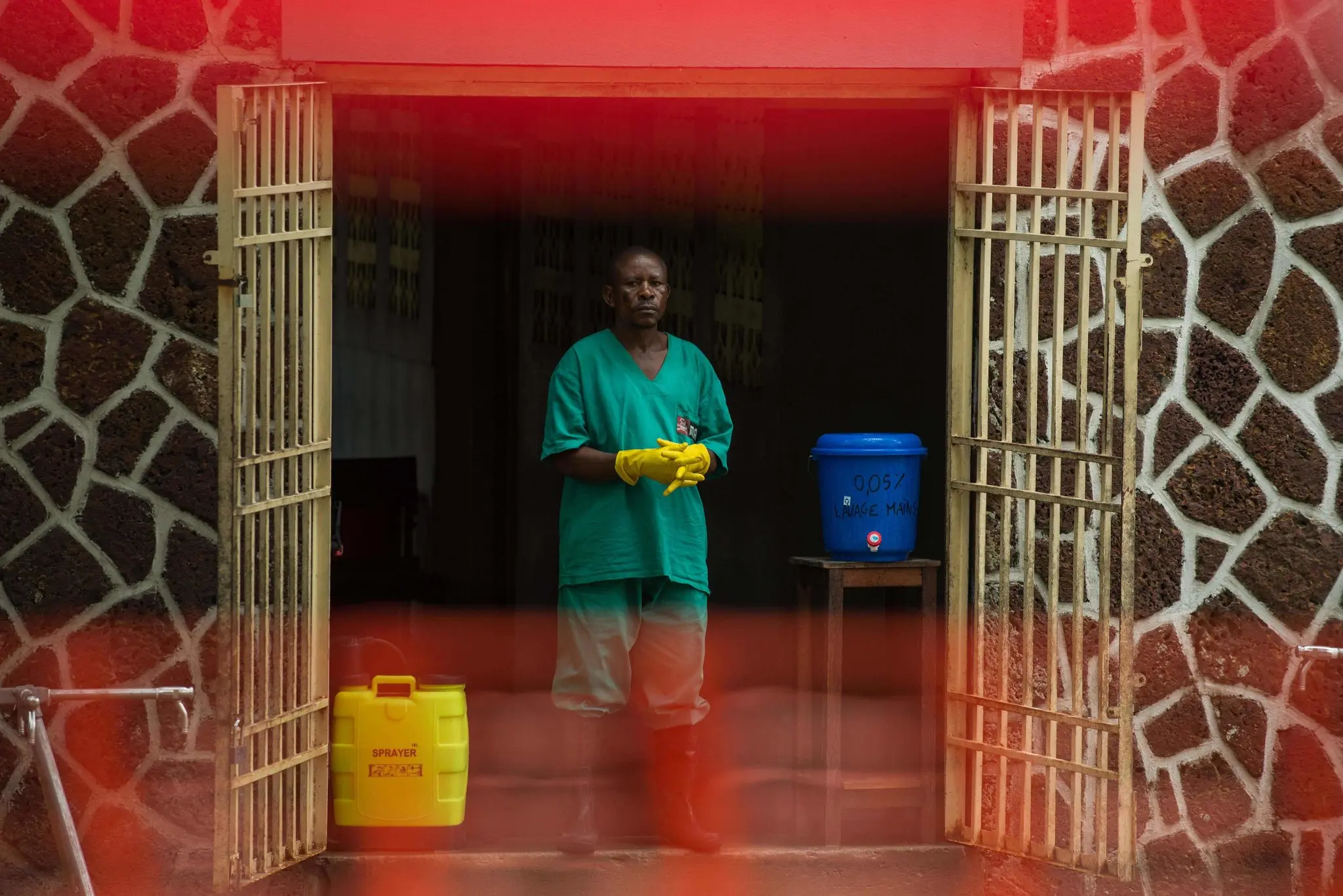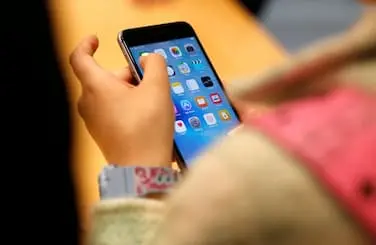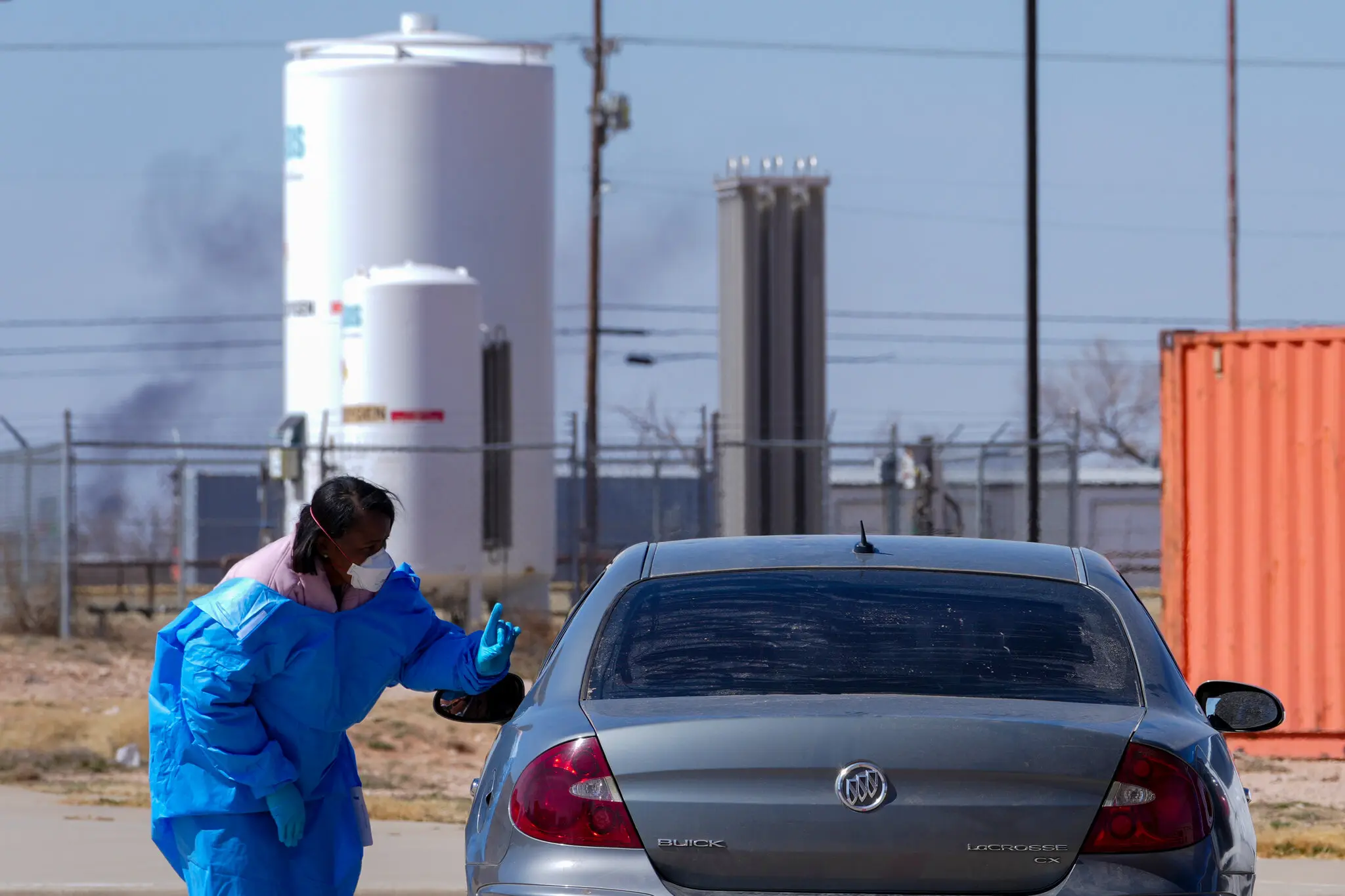New Ebola Response Strategies Offer Promise — and Potential Pitfalls
Innovative tools like vaccines and mobile diagnostics are transforming Ebola outbreak response, offering fresh hope. But experts warn that inconsistent application and mixed messaging could confuse communities and undermine trust.
As deadly Ebola outbreaks continue to emerge in parts of Africa, health experts are deploying a new arsenal of tools that represent a dramatic shift from past responses. These include experimental vaccines, rapid diagnostic technologies, and community-driven containment strategies. While these measures bring new hope for controlling the disease more effectively, their inconsistent use — coupled with fragmented communication — is raising concerns about confusion and mistrust among affected populations.
The most recent outbreaks in the Democratic Republic of Congo (DRC) and Guinea have revealed both the strengths and growing pains of modern Ebola response efforts. In contrast to past epidemics where health workers had few tools beyond quarantine and supportive care, today’s teams can vaccinate contacts of confirmed cases within hours, detect the virus within minutes using portable diagnostics, and respond in a more agile, decentralized fashion. ### Vaccines: A Game-Changer With CaveatsOne of the most revolutionary changes in Ebola response has been the development of vaccines.
The rVSV-ZEBOV vaccine — developed by Merck and used under emergency protocols — has proven more than 90% effective at preventing Ebola in people exposed to the virus. It was deployed during the West Africa outbreak of 2014–2016 on a limited basis, but has since become a centerpiece of response. In the recent DRC outbreak, vaccination teams used a ‘ring vaccination’ strategy, identifying and immunizing contacts of confirmed Ebola patients as well as contacts-of-contacts.
This approach helped contain the spread in urban areas and frontline communities. However, challenges remain. Cold chain logistics require the vaccine to be stored at extremely low temperatures.
In some regions, access was delayed due to political instability or logistical bottlenecks. There are also persistent rumors and misinformation — some locals believe the vaccine causes infertility or is part of foreign experimentation. Dr.
Jean-Claude Muzika, a field epidemiologist in eastern DRC, noted, “We have a powerful vaccine, but we have to earn people’s trust to use it. If they don’t understand why or when it’s given, they may resist. ”### New Diagnostics Bring Speed — and ComplexityAnother recent advance involves rapid diagnostic tools, which can detect Ebola in blood samples in under an hour.
Compared to older methods that required lab-based polymerase chain reaction (PCR) testing and could take days for results, these mobile tests allow responders to isolate confirmed cases more quickly. These devices — often battery-operated and designed for field use — are critical in remote villages where traditional labs are hours or days away. In outbreak zones, speed is everything: each hour saved in diagnosing a case can prevent further transmission.
However, the rollout of these tools hasn’t been uniform. Some clinics still rely on slower lab confirmation, while others use rapid tests that may yield false positives or negatives if not administered correctly. Discrepancies in test results between clinics and labs have led to confusion.
“In some villages, a patient tests negative one day, and positive the next after being transferred,” said a Médecins Sans Frontières coordinator. “This creates distrust in the system. ”### Community-Led Containment and ResistancePerhaps the most crucial evolution in Ebola response has been the shift toward community engagement.
Past outbreaks were often met with top-down, militarized quarantines and foreign health workers in hazmat suits — approaches that fueled suspicion, especially in war-torn or colonially scarred regions. Today, responders focus on culturally adapted messaging, hiring local health workers, and involving community leaders in containment decisions. Burial teams work with families to ensure dignified, safe funerals.
Public health announcements are delivered in local dialects via trusted messengers. Yet, the reality on the ground remains complex. In parts of Guinea, health workers report being denied access to villages.
In the DRC, rumors that Ebola was ‘invented’ to attract aid money persist. Some families hide sick relatives out of fear. Experts agree: when strategies vary between regions — such as offering vaccines in one village but not in the next, or testing protocols differing from clinic to clinic — it undermines confidence.
Dr. Chantal Kasongo, a Congolese physician working with WHO, said: “People ask, ‘Why was my child not vaccinated, but the neighbor’s was?’ Or ‘Why did one doctor say Ebola, and the other said typhoid?’ We must be consistent. ”### A Delicate Balancing ActHealth agencies face a difficult balance.
They must move quickly in volatile settings, often without perfect information, and adapt as science evolves. The virus mutates, security situations change, and communities react in unpredictable ways. But experts warn that well-intentioned improvisation — if not accompanied by clear messaging and coordination — may unintentionally deepen the very mistrust that makes outbreaks harder to contain.
Some local governments have even expressed frustration with the perceived opacity of international partners. “When people don’t know what’s happening, they fill the void with fear,” said a health official in Conakry. The WHO and other agencies are working to harmonize protocols and improve coordination.
Joint operations centers, real-time data dashboards, and multilingual communication teams are now standard in many outbreak responses. However, these systems are only as effective as their local execution. ### Media and MisinformationAnother complicating factor is the role of social media and word-of-mouth communication.
In some cases, rumors spread faster than facts — aided by low health literacy, political agendas, or sensationalist coverage. During one 2021 outbreak in Guinea, WhatsApp messages circulated claiming that foreign doctors were harvesting organs from Ebola victims. This led to attacks on health clinics and suspension of vaccination drives.
Efforts to combat this include training local radio hosts, community influencers, and religious leaders to serve as ‘information ambassadors. ’ In some areas, storytelling and drama are used to teach safe practices in ways that resonate more deeply than posters or lectures. ### Hope for the Future — If Lessons Are LearnedDespite the risks of confusion, many experts are optimistic.
The mere existence of effective vaccines and diagnostics — unthinkable just a decade ago — offers hope for ending Ebola outbreaks more quickly and with fewer lives lost. Already, these tools have prevented outbreaks from spiraling into regional crises. For instance, a 2021 resurgence in North Kivu province of DRC was brought under control in under 100 days — a sharp contrast to earlier waves that lasted months or years.
But sustaining progress will require investment in local capacity, not just emergency response. That means training health workers, building laboratory networks, funding regional stockpiles of vaccines, and — most importantly — maintaining trust between communities and caregivers. As Dr.
Kasongo emphasized, “Technology won’t save us without trust. We must listen, explain, and be present long before the next outbreak. ”### Conclusion: Promise and PerilThe evolving playbook for fighting Ebola is filled with reasons for hope: high-efficacy vaccines, rapid field tests, and community-first strategies are dramatically improving outcomes.
But alongside that promise lies peril — the peril of mixed messages, fragmented rollouts, and a failure to fully explain the science and strategy behind the new tools. In the fight against a virus as deadly and fearsome as Ebola, confusion can spread as fast as contagion. The next chapter of Ebola control may be written not just in labs and logistics centers, but in village meetings, clinic conversations, and the hearts and minds of communities who must decide whether to trust — or turn away from — the hand reaching out to help.
27th july 2025



